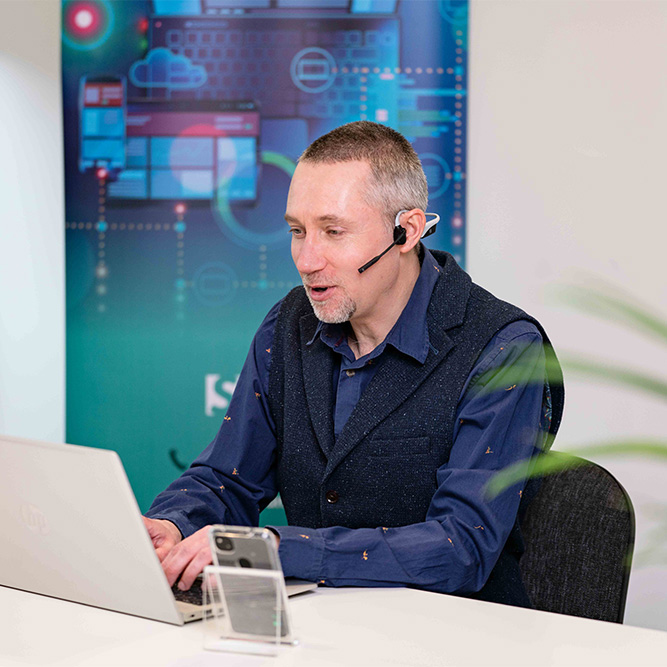The recently-introduced replacement to the super-deduction scheme allows businesses to save money when they invest in plant and machinery. So how can your business make the most of full expensing?
In this guide, we’ll explain what full expensing is, what it applies to and how to claim it.
What is full expensing?
Put simply, full expensing allows UK companies to deduct 100% of the cost of qualifying assets in the year they are purchased. This means companies can now write off the cost of their investments all at once instead of spreading the cost across multiple tax years.
In practice, this means that companies could see tax savings of up to 25p for every £1 they spend on qualifying assets.
Full expensing replaced the super-deduction scheme after it ended in April. This tax incentive encouraged businesses to invest by letting them claim up to 130% on qualifying investments.
Introduced as a temporary measure in the Spring Budget 2023, the new full expensing scheme began in April 2023 and is set to end at the end of March 2026. However, if the scheme proves successful, the Government has said it could make it a permanent fixture in the future.
Which investments qualify for full expensing?
The full expensing scheme applies to “main rate” plant and machinery purchased between 1 April 2023 and 31 March 2026. Most tangible assets used in a business are considered plant and machinery, including:
- machinery (computers, printers, etc.)
- office equipment (desks, chairs, etc.)
- vehicles (not including cars)
- warehouse equipment (forklift trucks, shelving, etc.)
- tools (ladders, drills, etc.)
Some building fixtures such as kitchen fittings or fire alarm systems also fall under the plant and machinery umbrella. More information on what you can claim capital allowances on can be found on the Government website.
You’ll only be able to claim full expensing on these items if your business is a limited company and you pay corporation tax. If you’re self-employed or work as part of a business partnership, you may need to claim the annual investment allowance instead.
The scheme is also exclusive to new and unused plant and machinery, and different rules apply to “special rate” items.
What if I sell the asset?
If you claim full expensing on an asset and later sell or dispose of that asset, you’ll need to bring an “immediate balancing charge” equal to 100% of the disposal value.
To cut through the jargon: if your company sells that asset for £10,000, you must increase your taxable profits by £10,000 in your corporation tax return.
What if I make a loss
In cases where your company makes a loss or its profits are too low, you can still use the full expensing scheme to set all or part of the asset cost against your profits. You’ll then be able to roll over the remaining value of the asset and set it against your profits in the next tax year.
Making the most of full expensing
Keeping up with new legislation can be challenging but working with professionals can help you make the most of your capital allowances.
Get in touch to find out how Team SAS can help you navigate the full expensing scheme.







